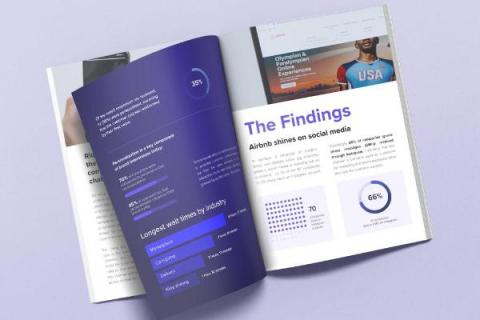What Are ITSM Tools & Why Do They Matter to Your Business
So we have looked at what ITSM is and the best practice frameworks available to support the implementation of ITSM tools within an IT team. Equally important is how these concepts, processes, and frameworks can support teams outside IT, from HR, Finance, Facilities, and Customer Service, and for internal and external end customers.










